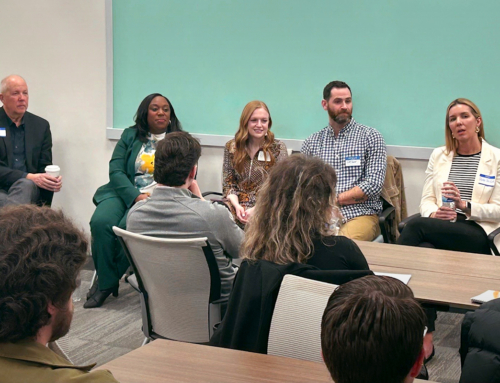Many organizations are starting the new year with new leadership in place. January was likely filled with corporate announcements, executive team meetings and virtual meet-and-greets, as well as plans and reports to review. Now that the news is out and introductions have been made, it’s important for new leaders to apply these insights to a 100-day plan.
So, what’s in the plan? You’ve likely identified three to five challenges and/or opportunities that must be prioritized immediately. Most may require additional resources such as capital, talent, infrastructure, technology or programs. However, an often-overlooked part of the plan is communications. To build trust and gain consensus on any new direction, you’ll need to clearly and concisely articulate your strategy and solicit feedback from key audiences. While audiences may vary between organizations, you should always consider:
- Employees: You’ve stressed your (virtual) door is always open during introductory meetings. Yet things seem, well, quiet. What they say is true … it is lonely at the top. In the first few months as a new leader, it is important that you look for ways to proactively initiate open communication (even if it feels like you are talking to yourself). The frequency and format will largely depend on your corporate culture. This may include Monday morning emails, intranet messages, weekly or monthly all-staff meetings, departmental brown bag lunches or even quarterly fireside chats. There will be a return on your investment, even if the impact isn’t immediately obvious.
- Stakeholders: Use this early period in your tenure to meet your clients, key vendors and other stakeholders with whom you’ll work closely (these could vary greatly depending on your organization — from elected officials to the business community, from nonprofit leaders to social service organizations). Learn about their organizations and their relationships with your company — How have their experiences been? What are their concerns? What are their goals? Affirm your commitment, share developments that will positively affect their business and seek opportunities to strengthen connections.
- Media: Your communications team likely has worked hard to secure coverage about your appointment, but don’t stop there! Media are critical community and industry influencers. The more access they have to you, the more informed they will be about your values, your business and your plans. And, in the event a crisis arises, you’ll have already established a foundation of trust. Periodically, extend an invitation for coffee or an office visit (or, as many work remotely, a Zoom session). Even if media cannot work a meeting into their schedule, they’ll appreciate — and remember — the gesture.
- Community: If you’re new to the area or simply looking to deepen community ties, join boards of organizations whose missions matter to you. Not only does this position you as a community leader, it also has a halo effect on your company (so choose your board involvements wisely!). In addition, look for opportunities to connect with other leaders within the business community through one-on-one meetings or networking groups.
It’s important that new leaders take advantage of the opportunities that come with a clean slate. Spend your first 100 days opening communications channels and creating a cadence for proactive outreach to key audiences. Your organization will benefit.








